As the water temperature rises, so does the anticipation of paddling and exploring new rivers and lakes. Touring through our vibrant natural communities is a wonderland for the senses: the relief of a cool breeze on a hot day, the smell of blooming flowers along the riverbanks, the underwater ripples that reverberate against your boat as fish swim beneath, and the fluttering of foraging birds through the brushy shoreline.
But, the spread of invasive species can endanger these experiences. For those that don’t know, invasive species are exotic plants and animals that become established in areas outside of their original range. Once there, they choke out native flora and fauna.
Particularly, aquatic invasive species restrict important ecosystem processes that define the beautiful landscapes we explore each summer. They obstruct waterways and irrigation canals and can impede water recreation. This occurrence has significant economic and ecological impacts and can be a headache to paddlers and outdoor recreationalists.
How do I prevent the spread of invasive species?
Whether you kayak, canoe, stand-up paddleboard, or partake in any other boating activity, you can start with these four steps:
1. Check
Make sure to thoroughly check your boat for common invasive species (see our guide below for identification). Especially review all possible attachment points where vegetation or mud could get caught or accumulate. For a kayak, rudders and skegs can pull up vegetation, while stand-up paddleboards often get it caught in the fins. Additionally, invasive mussels can attach to any surface on your boat. Thus, once you’re done, run your hand along the side. If it feels like sandpaper, you may have zebra mussels attached. Also, make sure to assess all gear you brought along.
2. Clean
Before leaving the site, clean off any mud, vegetation, fish, or animals that may have attached to or gotten inside of your boat. These can be discarded in an upland area, preferably at an invasive species disposal station. For reference, you can find these locations near a water access site.
However, certain mussel species are difficult to remove and require exposure to water or steam that’s at least 140° F. Exposure first kills them, and then, they can be removed with a brush or pressured water. For this purpose, the Aquatic Invasive Species Prevention Program through the Adirondack Watershed Institute has a number of decontamination stations situated throughout the Adirondack Park.
3. Drain
Before leaving the access site, drain any water that may have gotten inside of your kayak or canoe. If you have a live well or any other compartments that may have taken on water, drain them, too!
4. Dry
Before you use the boat in another body of water, let it, any compartments, and other equipment dry thoroughly first.
Invasive species identification guide
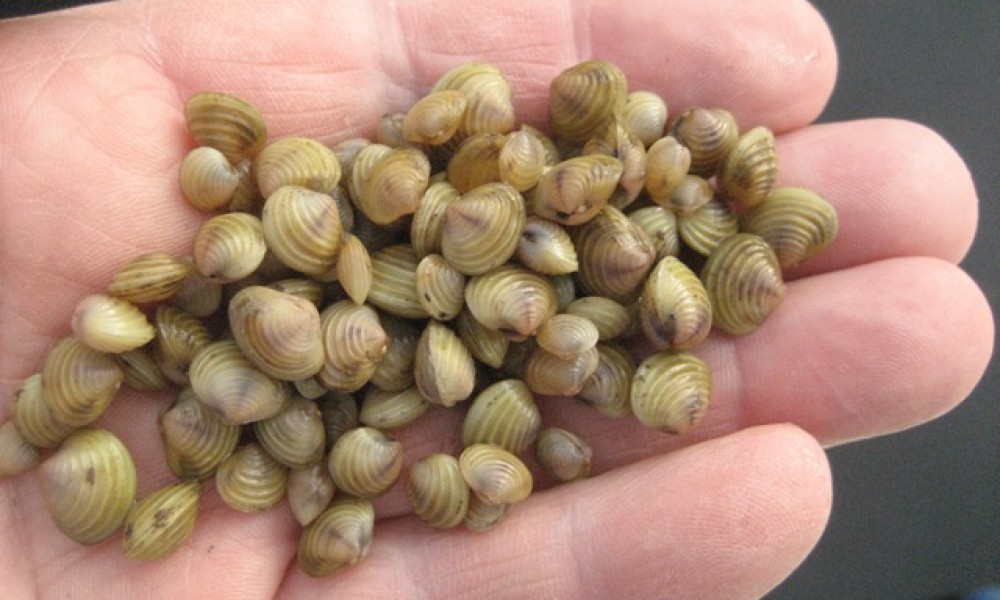
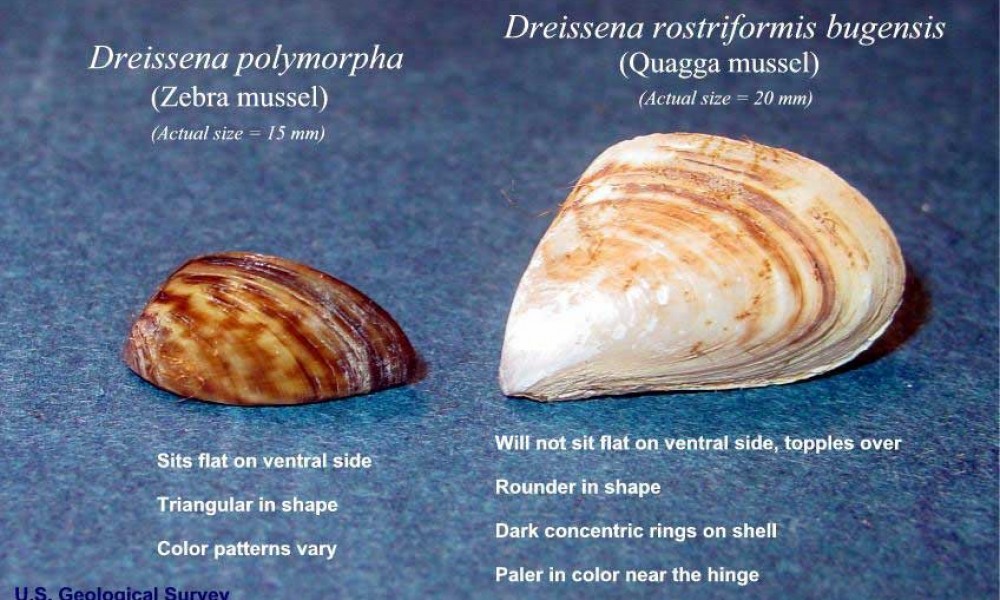
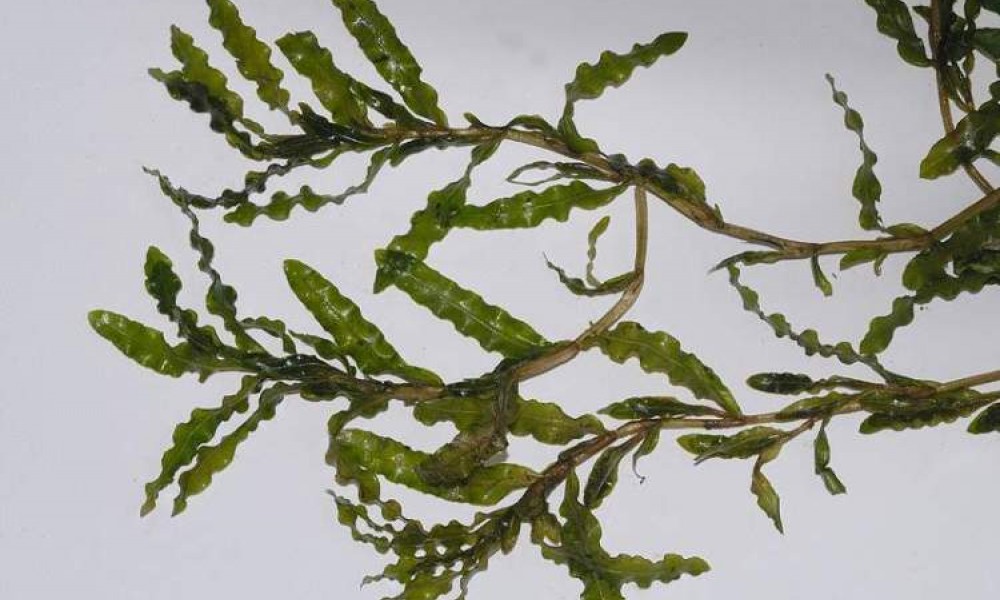
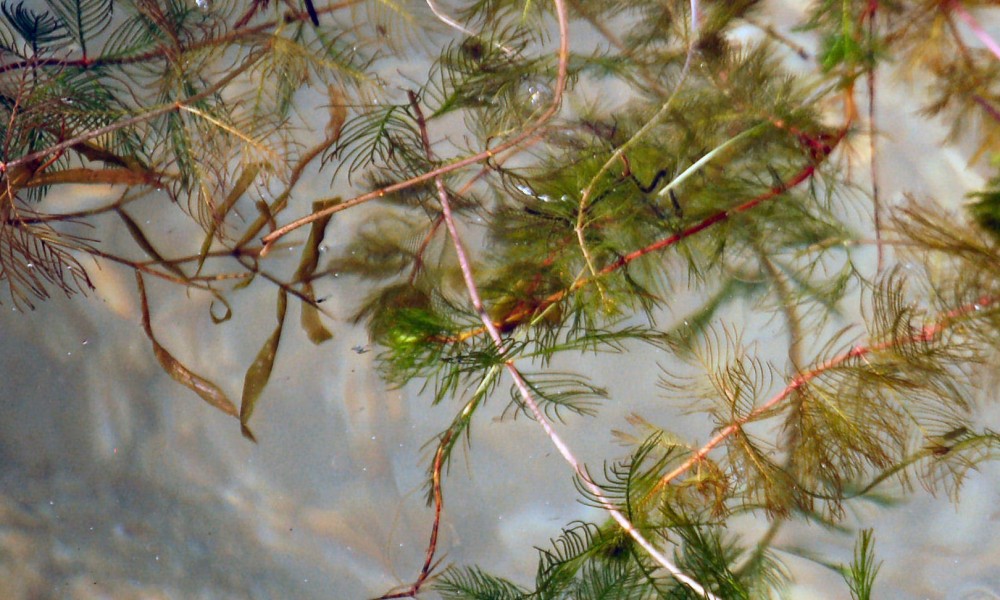
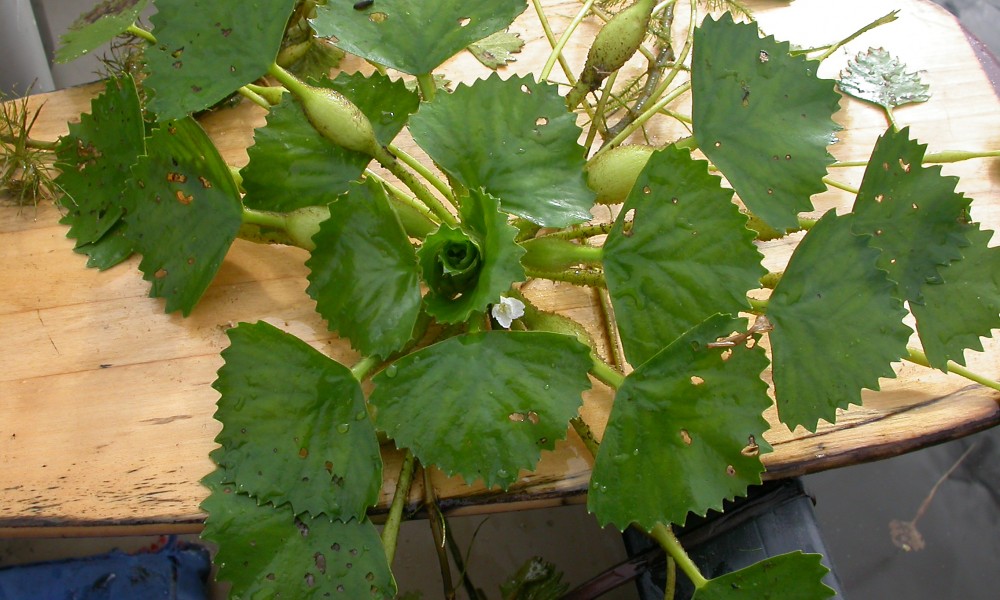
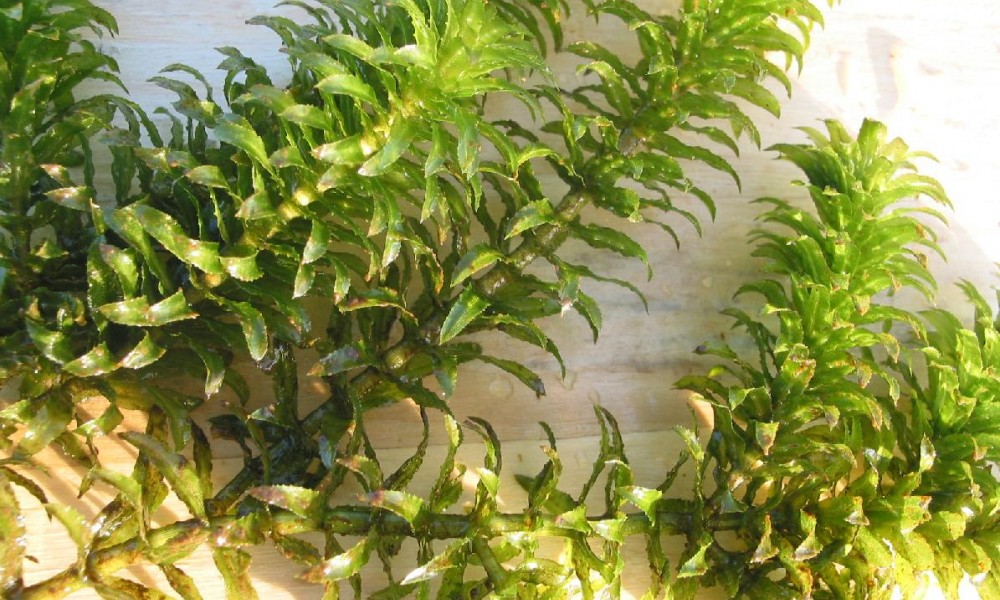
Lisa Cassidy
Lisa Cassidy is a graduate student at the University at Albany studying Biodiversity, Conservation, and Policy. Her connection to wild lands was forged young and ultimately led her to study wildlife and their intersection with human dominated landscapes, a critical point of compromise. Her specific research focus involves determining how grazed pastures managed in different ways impacts grassland bird populations.
Related Posts
April 2, 2024
10 Tips for Mountain Biking Etiquette During Mud Season
One rough spring could ruin the…




